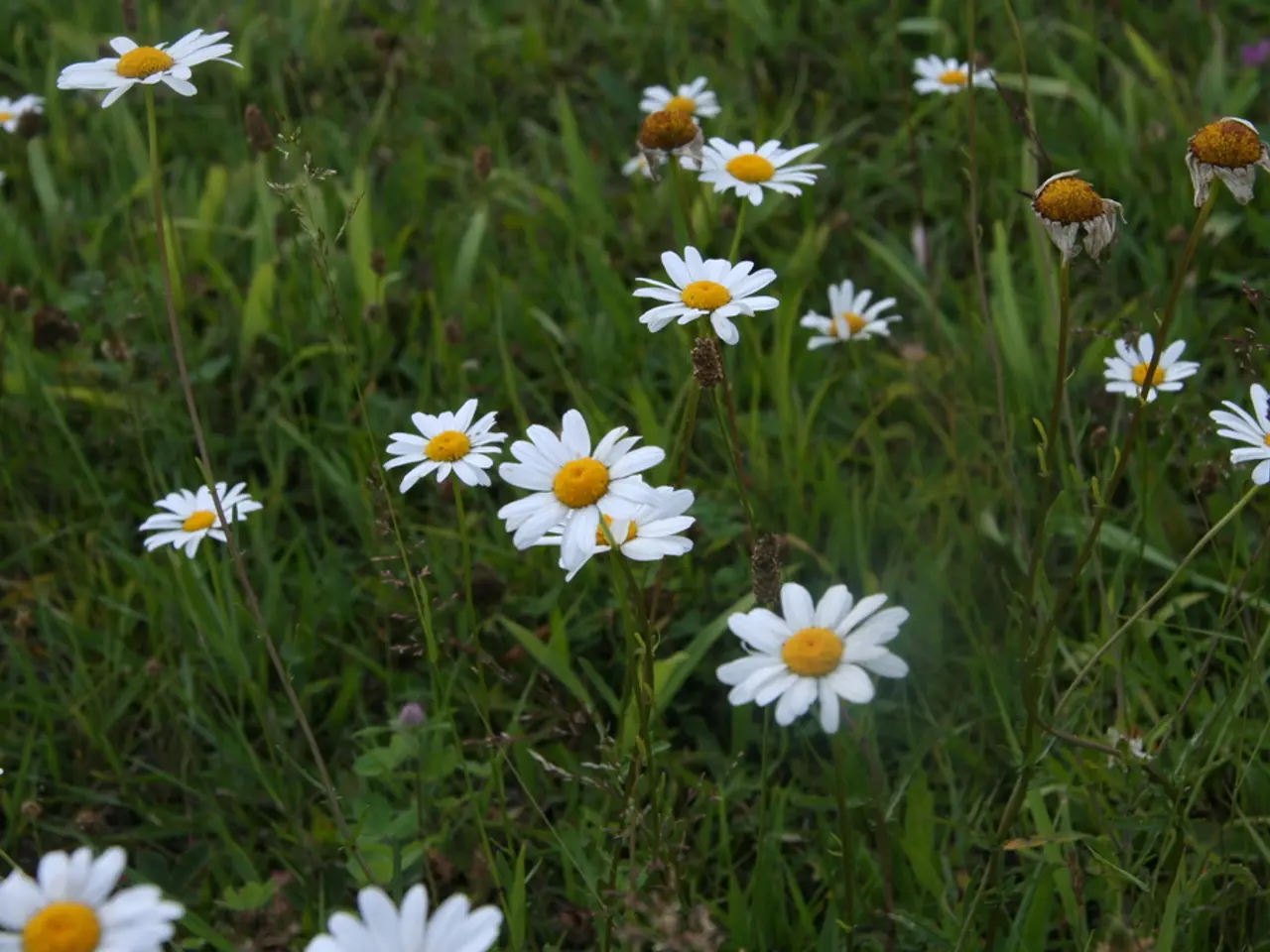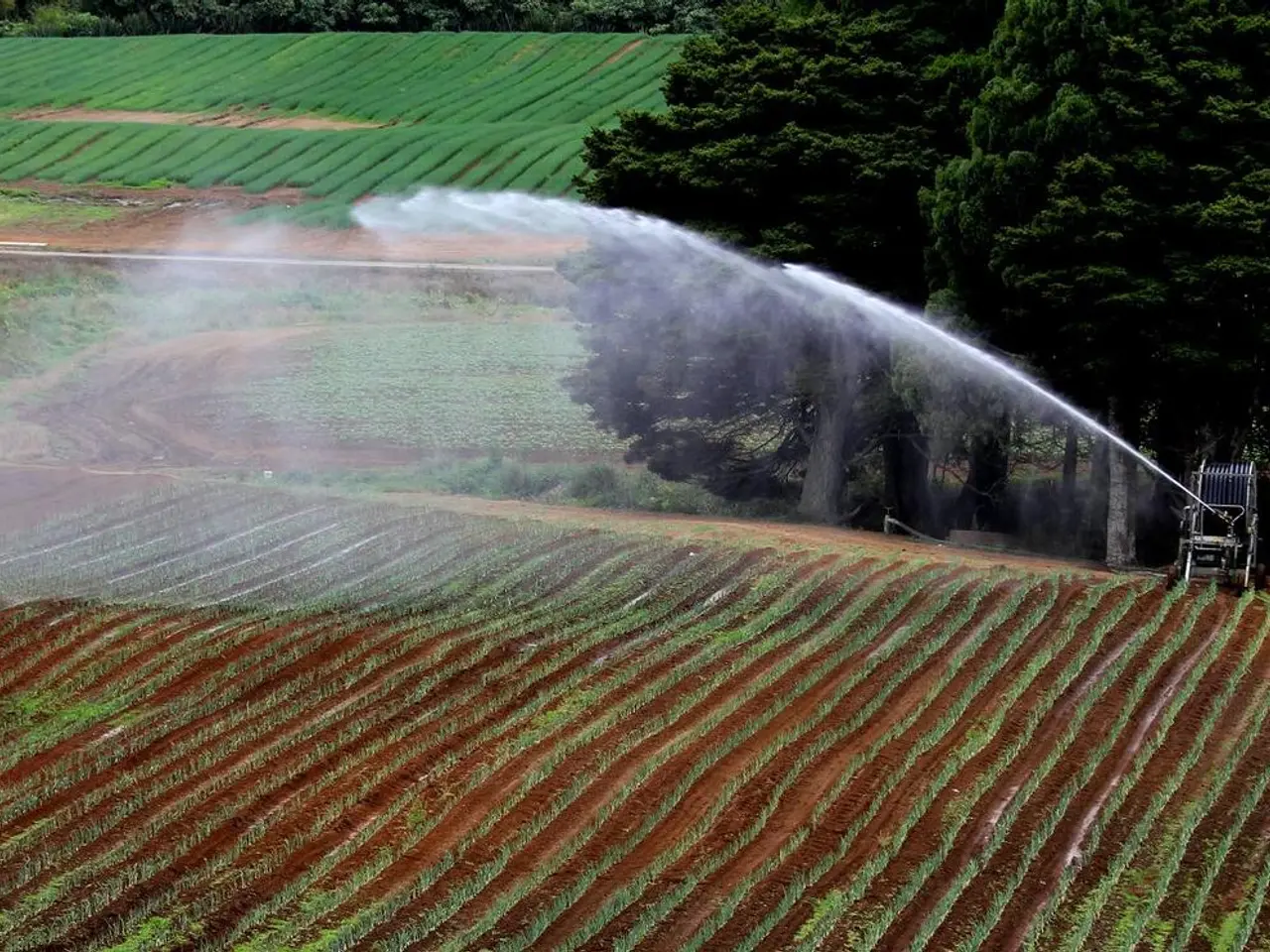Companion Plants to Enhance the Attractiveness of Ornamental Grasses:
Ornamental grasses are a popular choice for garden enthusiasts due to their versatility and ability to provide structure and visual interest throughout the year. They pair particularly well with other plants, especially those that offer year-round interest and complement the late-season blooms of the grasses. Here are some native and non-native companion plants that can elevate your garden's beauty.
### Native Companion Plants
1. **Coneflower (Echinacea)**: Native to North America, coneflowers are excellent companions for ornamental grasses. Their vibrant blooms, which attract pollinators, complement the grasses' late-season beauty. 2. **Goldenrod (Solidago)**: Known for its late-season blooms, goldenrod adds a burst of colour to gardens while supporting pollinators. It is hardy and adaptable, making it a great choice for native gardens. 3. **Black-eyed Susan (Rudbeckia hirta)**: These daisy-like flowers are common in prairies and meadows, providing a consistent bloom throughout the summer and early fall, complementing the maturing grasses. 4. **Staghorn Sumac (Rhus typhina)**: Though not a flower, its dramatic red fall foliage and unique velvety stems add year-round interest to landscapes, providing a nice contrast to the grasses' foliage.
### Non-Native Companion Plants
1. **Coral Bells (Heuchera spp.)**: These maple-like perennials offer a variety of colours and are versatile in their ability to thrive in both sun and shade. Their foliage provides visual interest even after the grasses have finished blooming. 2. **Salvia greggii**: Known for its showy blooms, this plant is a great choice for adding late-season colour to gardens. It is cold-tolerant and can thrive in zones as low as 6. 3. **Chocolate Cosmos (Cosmos atrosanguineus)**: With its deep red flowers and distinctive scent, this plant adds a unique element to gardens. It blooms in late summer, complementing the grasses' late-season display.
### Ornamental Grasses as Companion Plants
Ornamental grasses themselves can be used as companions for other plants. They provide structure and visual interest throughout the year, especially when paired with flowering plants or shrubs like viburnum. Ornamental grasses such as miscanthus and fountain grass are popular choices for their elegance and versatility.
For example, the Prairie Zinnia, a wildflower that produces bright yellow blossoms throughout most of the summer, pairs well with short to medium ornamental grasses. It is native to the southwestern United States, thrives in zones 4-8, and is widely adaptable. Another great choice is Sedum, or stonecrop, which thrives in full sun and well-drained soil, often growing well in zones 3-9. It pairs beautifully with ornamental grasses.
In addition, Winterberry Holly offers a brilliant contrast to the beautiful but muted hues of ornamental grasses late in the season. It grows well in shade or sun and tolerates drought, heat, and soil compaction. Winterberry Holly is best known for the bright red berries that ripen in the fall, adding a festive touch to your garden.
Lastly, Purple Coneflower is a native prairie wildflower that draws in butterflies and other pollinators from early summer into mid-fall. It prefers full sun and moist, well-drained loam and can grow in a range of conditions in zones 3-8.
By carefully selecting companion plants for your ornamental grasses, you can create a garden that offers year-round interest and beauty.
- Ornamental grasses cultivate a harmonious environment with native coneflowers (Echinacea), as the vibrant blooms of coneflowers offer a captivating counterpart to the grasses, especially during the late season when they attract pollinators.
- Goldenrod (Solidago), known for its vibrant late-season blooms, is an ideal partner for ornamental grasses, bringing a splash of color to gardens while nourishing pollinators and providing a hardy, adaptable option.
- Prairie Black-eyed Susan (Rudbeckia hirta) flowers, resembling daisies, offer consistent blooms throughout the summer and early fall, creating a cohesive display alongside maturing grasses in the garden.
- Staghorn Sumac (Rhus typhina) contributes to the year-round interest of landscapes with its dramatic red fall foliage and distinctive, velvety stems, offering a contrasting backdrop to the foliage of ornamental grasses.
- In home-and-garden or lifestyle spaces that lean towards organic and sustainability, non-native coral bells (Heuchera spp.) can be a valuable addition, providing a range of colors that thrive in both sun and shade, offering visual interest even after the grasses have finished blooming.
- By integrating Purple Coneflower and Winterberry Holly into a garden with ornamental grasses, you can provide a captivating ecosystem that offers year-round interest, attracting pollinators, thriving in various conditions, and adding a festive touch to your home-and-garden lifestyle.




